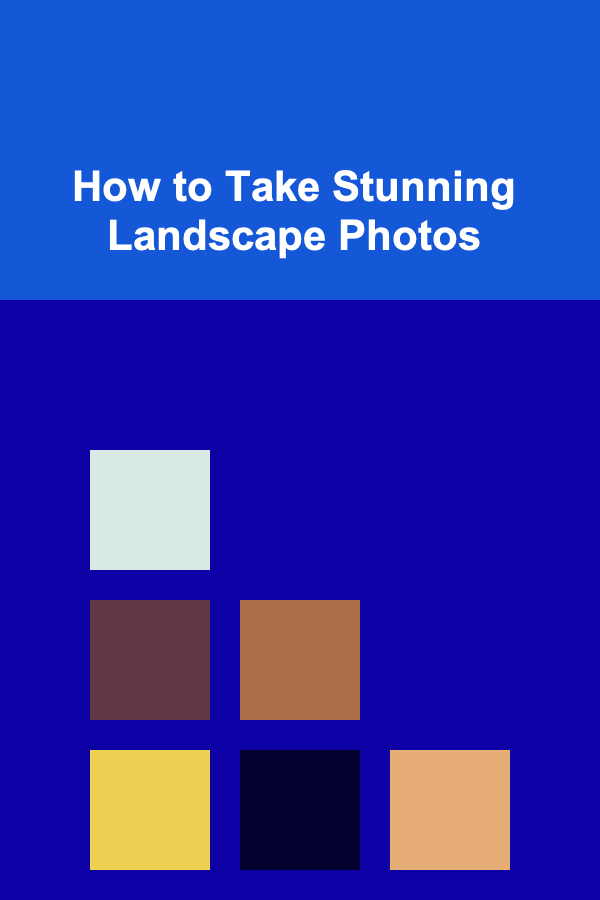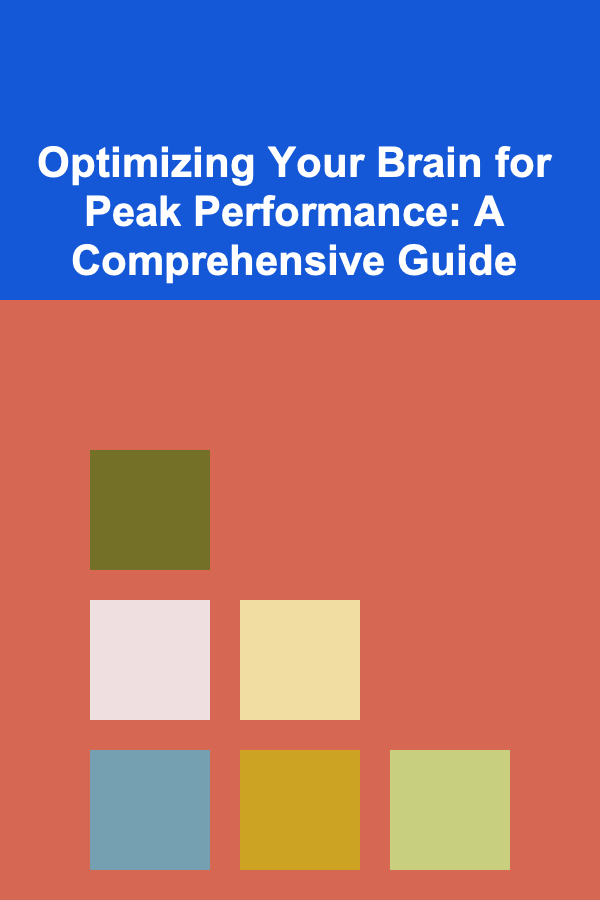
How To Explore the Myths of Ancient Persia
ebook include PDF & Audio bundle (Micro Guide)
$12.99$9.99
Limited Time Offer! Order within the next:

The ancient civilization of Persia, now modern-day Iran, has one of the richest mythological traditions in the world. From the early Elamite kingdoms to the great Persian empires like the Achaemenids, the mythological stories of Persia are as varied and profound as the civilization itself. These myths are not only cultural relics but also offer us insights into the psyche, values, and worldviews of ancient Persian society.
This article will explore the fascinating and complex world of Persian mythology, providing a roadmap for those interested in understanding and exploring the myths of Ancient Persia. By focusing on the key myths, the sources from which they emerge, and the historical context in which they were shaped, we can begin to unravel the mysteries of this ancient and influential culture.
Introduction to Persian Mythology
Persian mythology is a blend of indigenous beliefs, Zoroastrian cosmology, and influences from neighboring cultures such as Mesopotamia, India, and Greece. Central to the mythology are stories of gods, heroes, and supernatural beings, which reflect the social, moral, and philosophical concerns of ancient Persia. Unlike Greek or Roman mythology, which often emphasize human drama and heroism, Persian myths frequently revolve around cosmic battles between good and evil, the roles of kingship, and the relationship between humans and nature.
Persian mythology also includes various deities, spirits, and mythical creatures, many of which can be traced back to ancient Iranian religious practices, particularly Zoroastrianism, the religion that dominated Persia for over a millennium. Zoroastrian myths were fundamental to Persian thought, and they laid the groundwork for later religious and philosophical traditions, including those of Islam and the Abrahamic religions.
Zoroastrian Influence on Persian Myths
The most significant religious and mythological system in ancient Persia was Zoroastrianism, founded by the prophet Zoroaster (or Zarathustra) around 1000 BCE. Zoroastrianism introduced the concept of dualism---good versus evil---and these themes pervade much of Persian mythology. Zoroastrian cosmology centers on the struggle between Ahura Mazda, the supreme god of light, and Angra Mainyu, the evil spirit of darkness. This cosmic battle between good and evil is echoed in many Persian myths.
Zoroastrian texts, particularly the Avesta , contain numerous mythological stories and hymns. One of the most important texts is the Shahnameh (The Book of Kings), written by the poet Ferdowsi in the 10th century CE. This epic poem, though written much later than the ancient Persian myths, incorporates many of the traditional myths, heroes, and kings of Persia and provides valuable insight into the earlier mythological traditions.
The Ahura Mazda and Angra Mainyu
Ahura Mazda, the god of wisdom, was considered the creator of the world and the protector of humanity. His adversary, Angra Mainyu (or Ahriman), embodied chaos, destruction, and lies. This dualistic struggle between light and dark is a core theme of Zoroastrian mythology, and it permeates many of the mythological stories of Persia. According to Zoroastrian beliefs, the world is a battleground where the forces of good and evil are constantly in conflict, and humans play a pivotal role in this cosmic struggle by choosing between good (Asha) and evil (Druj).
Exploring the Key Myths and Legends
Persian mythology is rich in stories of gods, heroes, and legendary figures. These stories were passed down through oral tradition and later recorded in texts such as the Avesta and Shahnameh. Below are some of the most famous and important myths of ancient Persia.
3.1 The Creation Myth: The Birth of the Universe
According to Zoroastrian cosmology, the creation of the universe was the work of Ahura Mazda, who created the world out of nothing. This creation myth emphasizes the idea of order and light prevailing over chaos and darkness. The first step in the creation process was the formation of the sky and the earth, followed by the creation of the first living beings, including the sacred plants and animals that would sustain life on earth.
The creation myth also introduces the concept of the Fravashi ---the spirit of a person or thing---who protects and guides individuals toward righteousness. The Fravashis are closely associated with the forces of good and help humanity in their battle against Angra Mainyu.
3.2 The Story of the Heroic King, Kaveh the Blacksmith
One of the most famous heroes in Persian mythology is Kaveh, a blacksmith who led a revolt against the tyrannical ruler Zahhak. Zahhak, who was said to be possessed by evil spirits, ruled Persia with cruelty, and his reign was marked by terror and oppression. According to the myth, Zahhak had two serpents growing from his shoulders, which could only be fed by the brains of innocent people. The legend tells that Kaveh, enraged by the suffering of his people, raised a banner and led a rebellion to overthrow Zahhak.
The story of Kaveh symbolizes the triumph of the oppressed over tyranny and is an enduring symbol of justice and resistance in Persian culture. His story is recounted in the Shahnameh, where Kaveh's heroism and leadership inspire the people to rise up and restore justice.
3.3 The Epic of Rostam
Rostam is one of the most iconic figures in Persian mythology, a legendary hero whose feats of strength, bravery, and loyalty are celebrated throughout the Shahnameh. He is the embodiment of the Persian warrior ideal, and his adventures include fighting dragons, rescuing princesses, and battling evil forces. One of the most famous tales of Rostam is his tragic duel with his own son, Sohrab, who he unknowingly fathers with a woman named Tahmineh.
Rostam's story is marked by themes of fate, destiny, and the complexities of human nature. Despite his immense strength and wisdom, Rostam is often portrayed as a tragic figure whose heroic deeds are overshadowed by his personal failings. His struggle against fate and his eventual recognition of his role in Sohrab's death is a poignant commentary on the human condition and the fragility of life.
3.4 The Story of Zoroaster: The Prophet of Light
Zoroaster (Zarathustra) is not just a religious figure but also a legendary figure whose mythological status has been shaped over centuries. The myth of Zoroaster's birth, early life, and divine revelations plays a significant role in Persian mythology. Zoroaster is said to have had a vision of Ahura Mazda at the age of 30, leading to his enlightenment and subsequent role as the prophet of Zoroastrianism.
One of the key myths surrounding Zoroaster is his confrontation with Angra Mainyu. In the myth, Zoroaster stands firm against the forces of darkness, demonstrating the triumph of divine wisdom over evil. His teachings, which emphasize the importance of truth, justice, and the worship of Ahura Mazda, laid the foundation for much of Persian mythological thought.
Persian Myths and Their Cultural Significance
The myths of ancient Persia are not just stories of gods and heroes; they also reflect the values and societal structures of ancient Persian culture. Central to these myths are the ideas of kingship, justice, and the divine right of rulers. Persian kings were often seen as divinely chosen figures, with their authority and power derived from the gods. The role of the king was to maintain order, uphold justice, and ensure the welfare of the people.
In many Persian myths, the king's ability to maintain cosmic balance and protect the people is a reflection of his moral and spiritual qualities. The mythical kings, such as Jamshid, Kay Khosrow, and the Sassanian emperors, were not just political figures; they were seen as divine representatives on earth, whose actions could either preserve or destroy the harmony of the universe.
4.1 The Role of Dualism in Persian Mythology
Dualism---the division of the world into opposing forces of good and evil---is a central theme in Persian mythology. The conflict between Ahura Mazda and Angra Mainyu is the most well-known example of this dualistic worldview, but it is present throughout Persian mythological narratives. This dualism is not just a theological concept but also informs social and moral behavior.
In the myths, heroes are often tested by the forces of evil, and their ability to resist temptation and remain true to the divine path is what ultimately defines them as virtuous. This cosmic struggle is reflected in the everyday struggles of individuals, who must choose between good and evil in their own lives.
4.2 Persian Myths as a Source of Identity
For the Persian people, these myths were a source of identity and cultural pride. The myths provided a shared history and a sense of unity, as they were passed down through generations. The stories of legendary kings, warriors, and heroes gave the Persian people a framework for understanding their own society and their place in the world.
The myths also provided moral lessons about justice, loyalty, and the consequences of one's actions. The stories of Rostam, Kaveh, and other heroes taught values that were deeply ingrained in Persian culture and helped shape the ethical foundation of the society.
Conclusion
Exploring the myths of ancient Persia offers a fascinating window into the world of one of the most influential civilizations in history. The myths are not just stories of gods and heroes; they reflect the spiritual, moral, and philosophical concerns of the Persian people. By understanding the key myths, the religious and cultural context in which they were formed, and their lasting impact on Persian identity, we can gain a deeper appreciation for the richness of Persian mythology and its enduring influence on the world today.
Whether you are a scholar, a student, or simply a lover of mythology, exploring the myths of ancient Persia provides a rich and rewarding journey into the heart of one of the world's most fascinating civilizations. Through its heroes, deities, and timeless stories, Persian mythology continues to inspire and captivate those who seek to understand the ancient world.

How to Choose the Right Retirement Plan for Your Financial Goals
Read More
How to Organize Your Smartphone for Better Accessibility
Read More
How to Take Stunning Landscape Photos
Read More
How To Understand Abstract Concepts in Painting
Read More
Optimizing Your Brain for Peak Performance: A Comprehensive Guide
Read More
10 Tips for Dividing Finances Fairly in a Divorce Settlement
Read MoreOther Products

How to Choose the Right Retirement Plan for Your Financial Goals
Read More
How to Organize Your Smartphone for Better Accessibility
Read More
How to Take Stunning Landscape Photos
Read More
How To Understand Abstract Concepts in Painting
Read More
Optimizing Your Brain for Peak Performance: A Comprehensive Guide
Read More